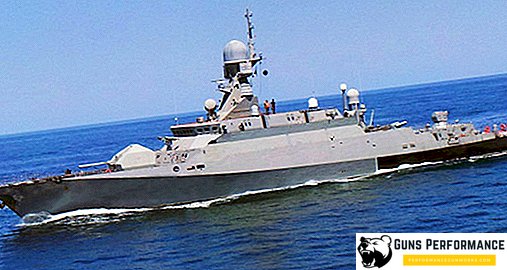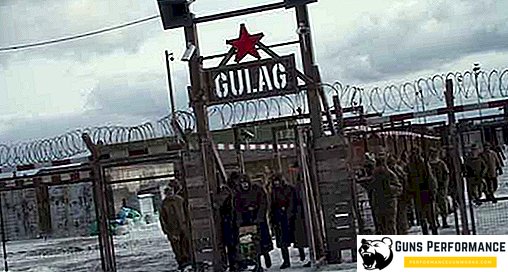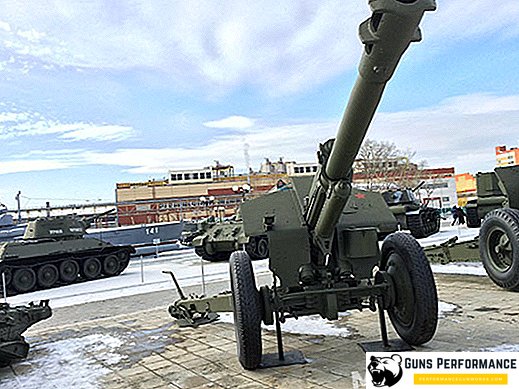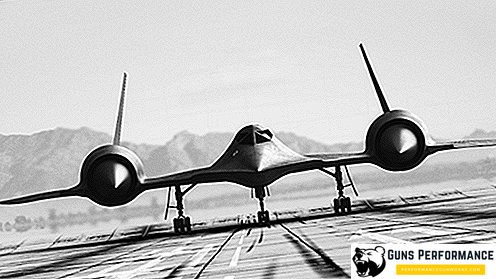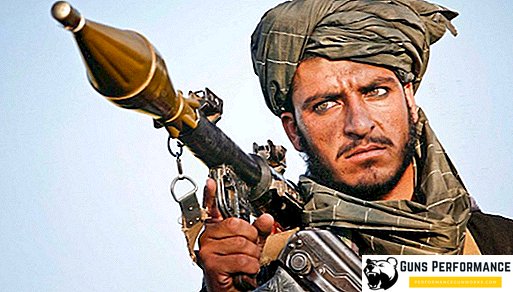
Every year there are more and more conflicts and hotbeds of instability in the world, and all the efforts of the international community cannot yet reverse this trend. There are also long-standing problems - areas where bloodshed continues for many years (or even decades). A typical example of such a hot spot is Afghanistan - the world left this mountainous Central Asian country more than thirty years ago, and there is no hope for an early resolution of this conflict. Moreover, today Afghanistan is a real time bomb that can blow up the entire region.
In 1979, the leadership of the Soviet Union decided to build socialism in Afghanistan and brought troops into its territory. Such thoughtless actions violated the fragile inter-ethnic and inter-religious balance in the ancient Afghan land, which cannot be restored to this day.
The Afghan war (1979-1989) was the era of formation for many radical Islamist organizations, because serious funds were allocated to fight the Soviet troops. Jihad was declared against the Soviet army, tens of thousands of volunteers from various Muslim countries joined the Afghan Mujahideen.
This conflict gave a powerful impetus to the development of radical Islam in the world, and Afghanistan after the withdrawal of Soviet troops for many years plunged into the abyss of civil conflict.
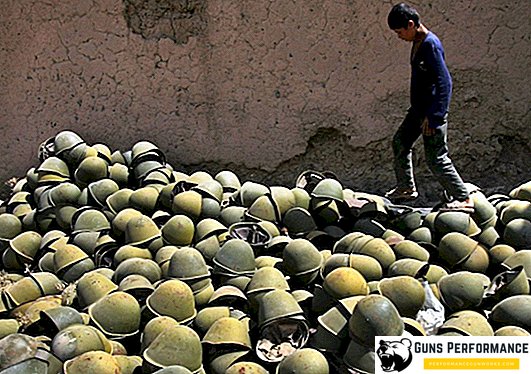
In 1994, the history of one of the most unusual Islamic radical organizations began on the territory of Afghanistan, which for many years became the main enemy of the United States and other Western countries - the Taliban. This movement has managed to seize a significant part of the country's territory, proclaim the creation of a new type of state and has been in power for more than five years. The Islamic Emirate of Afghanistan has even been recognized by several states: Saudi Arabia, Pakistan and the United Arab Emirates.
Only in 2001, the international coalition led by the United States in alliance with the local opposition managed to remove the Taliban from power. However, the Taliban and today represent in Afghanistan a serious force, which has to be reckoned with and the current leaders of the country and their Western allies.
In 2003, the UN recognized the Taliban as a terrorist organization. Despite the loss of power in Afghanistan, the Taliban remain a very impressive force. It is believed that today the number of movement is 50-60 thousand militants (in 2014).
Movement history
The Taliban is an Islamic radical movement that began among the Pashtuns in 1994. The name of its participants (Taliban) is translated from Pashto as "students of madrasas" - Islamic religious schools.
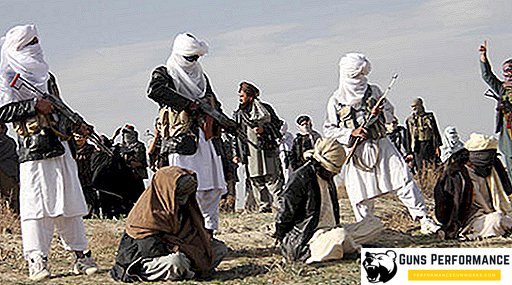
According to the official version, the first leader of the Taliban, Mullah Mohammad Omar (former Mujahid, who lost an eye in the war with the USSR), gathered a small group of radically minded students of the madrasa and began the struggle to spread the ideas of Islam in Afghanistan.
There is another version, according to which, for the first time, the Taliban went into battle to recapture the women abducted from their village.
The birth of the Taliban occurred in southern Afghanistan, in the province of Kandahar. After the withdrawal of the Soviet troops, a civil war was raging in the country - former mojaheds fiercely divided power among themselves.
There are many publications in which the rapid rise of the Taliban is associated with the activities of the Pakistani special services, which provided assistance to the Afghan rebels during the Soviet occupation. It can be considered proven that the Taliban provided the government of Saudi Arabia with money, and weapons and ammunition came from the territory of neighboring Pakistan.
The Taliban promoted to the masses the idea that the Mujahideen betrayed the ideals of Islam, and such propaganda found a hot response among the common people. Initially, the small movement was rapidly gaining strength and replenished with new supporters. In 1995, the Taliban militants already controlled half of the territory of Afghanistan, under their authority was the entire south of the country. The Taliban even attempted to seize Kabul, but at that time the government forces managed to fight back.
During this period, the Taliban defeated the detachments of the most famous field commanders who still fought against the Soviet troops. In 1996, a meeting of Muslim clergy was held in Kandahar, during which they called for a holy war against the incumbent President Burhanuddin Rabbani. In September 1996, Kabul fell, the Taliban occupied the city almost without a fight. By the end of 1996, the opposition controlled about 10-15% of the territory of Afghanistan.
Only the Northern Alliance, led by Ahmad Shah Massoud (Panjshir Lion), the country's legitimate president Burhanuddin Rabbani and General Abdul-Rashid Dostum, remained in opposition to the new regime. Detachments of the Afghan opposition mainly consisted of Tajiks and Uzbeks, who make up a large part of the population of Afghanistan and inhabit its northern regions.
On the territories under the control of the Taliban, laws were introduced based on Sharia norms. And for their observance very strictly watched. The Taliban have banned music and musical instruments, film and television, computers, painting, alcohol and the Internet. Afghans could not play chess and wear white shoes (the Taliban had a white flag). Strict taboos were imposed on all topics related to sex: such issues could not even be openly discussed.
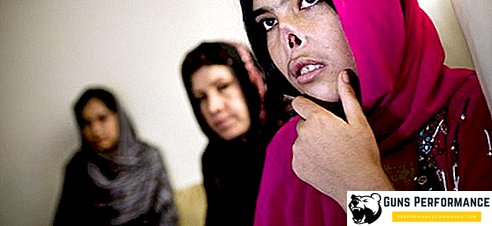
Significantly cut the rights of women. They could not appear with an open face or unaccompanied by her husband or relatives in crowded places. They were also forbidden to work. The Taliban have significantly limited girls ’access to education.
The Taliban did not change their attitude towards female education even after their overthrow. Participants in this movement repeatedly attacked schools that teach girls. In Pakistan, the Taliban destroyed about 150 schools.
Men were required to wear a beard, and it should have a certain length.
The Taliban brutally punished criminals: often practiced public executions.
In 2000, the Taliban banned farmers from growing opium poppy, resulting in heroin production (Afghanistan - this is one of the main centers of its manufacture) dropped to record levels. After the overthrow of the Taliban, the level of drug production quickly returned to previous levels.
In 1996, the Taliban provided refuge to one of the most famous at the time of Islamic terrorists - Osama bin Laden. He has worked closely with the Taliban and has supported this movement since 1996.
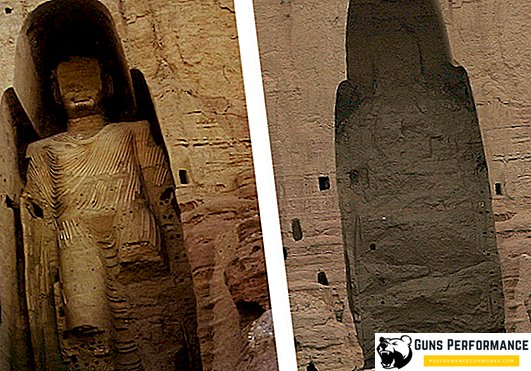
In early 2001, Taliban leader Mohammed Omar signed a decree on the destruction of non-Muslim cultural monuments. A few months later, the Taliban set about the destruction of two Buddha statues located in the Bamyan Valley. These monuments belonged to the pre-Mongol period of the history of Afghanistan, they were carved into the rocks in the 6th century AD. The cadres of the barbaric destruction of these objects have horrified the whole world and have caused a whole wave of protests from governments and international organizations. This action further undermined the reputation of the Taliban in the eyes of the world community.
The turning point in the history of the Taliban was September 11, 2001. The United States announced the organizer of the attacks Osama bin Laden, who at that time was in Afghan territory. The Taliban refused to extradite him. A coalition led by the Americans launched a counter-terrorism operation, whose main task was the destruction of al-Qaida and its leader.
An ally of the Western coalition was the Northern Alliance. Two months later, the Taliban were completely defeated.
In 2001, as a result of the assassination attempt, President Rabbani was killed - one of the leaders of the Northern Alliance, at the expense of the authority and will of which this group of different ethnic and religious composition was held together. However, the Taliban regime was overthrown. After that, the Taliban went underground and partially retreated to the territory of Pakistan, where a new state was actually organized in the tribal zone.
By 2003, the Taliban had fully recovered from defeat and began to actively resist the forces of the international coalition and government forces. At this time, the Taliban practically controlled part of the areas in the south of the country. Militants often used tactics attacks from Pakistani territory. NATO forces attempted to counter this by conducting joint operations with the Pakistani army.

In 2006, the Taliban announced the creation of a new independent state: the Islamic Emirate of Waziristan, which was located on the territory of Pakistan in the tribal zone.
This territory was poorly controlled by Islamabad before, after its occupation by the Taliban, it became a reliable stronghold of the Taliban and a constant headache for the authorities of Afghanistan and Pakistan. In 2007, the Pakistani Taliban joined the Tehreek Taliban-e-Pakistan movement and tried to raise the Islamic uprising in Islamabad, but it was suppressed. There are serious suspicions that it was the Taliban who was behind the successful assassination attempt on the former Prime Minister of Pakistan, Benazir Bhutto, one of the country's most popular politicians.
Several attempts by the Pakistani army to regain control of Waziristan ended in vain. Moreover, the Taliban even managed to expand the territory under their control.
It is not surprising that no country in the world recognized Waziristan.
The history of relations between the Taliban and the authorities of Pakistan and Afghanistan is very complicated and confusing. Despite hostilities and terrorist attacks, negotiations are held with the Taliban. In 2009, the Pakistani government agreed to peace with the local Taliban, promising to introduce Sharia law in part of the country. True, before the Taliban captured thirty soldiers and policemen and promised to let them go only after fulfilling their demands.
What's next?
In 2011, the gradual withdrawal of American troops from Afghanistan began. In 2013, Afghan security forces began to provide security in the country, while Western servicemen merely perform support functions. The Americans did not succeed in either defeating the Taliban or bringing peace and democracy to the land of Afghanistan.
Today, like ten years ago, fierce battles between government forces and Taliban troops flare up in one or the other part of the country. And they come with varying success. In the Afghan cities, explosions continue to thunder, the victims of which are most often civilians. The Taliban announced a real hunt for ruling regime officials and law enforcement officers. The Afghan army and police cannot cope with the Taliban. Moreover, according to experts, in recent times there has been a revival of the Taliban.
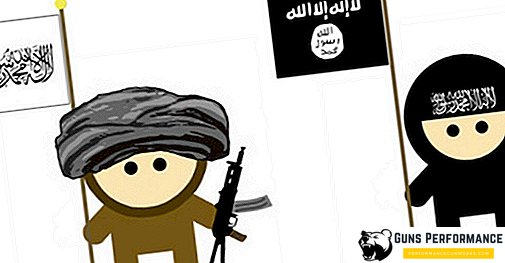
In recent years, another force has begun to appear in Afghanistan, which causes experts more concern than the Taliban. This is LIH.
The Taliban is a predominantly Pashtun movement, its leaders have never set themselves serious expansionist goals. ISIS is a different matter. The Islamic state seeks to create a world caliphate, or at least spread its influence over the entire Islamic world.
In this regard, Afghanistan for IG is of particular value - it is a very convenient springboard for throwing on the former Soviet republics of Central Asia. ISIS regards Pakistan, Afghanistan, part of Central Asia and Eastern Iran as a “province of Khorasan”.
Currently, ISIS forces in Afghanistan are insignificant, only a few thousand people, but the ideology of the Islamic state has turned out to be attractive to Afghan youth.
The emergence of ISIL in Afghanistan can not but alarm the neighboring states and countries that are members of the international coalition.
The Taliban are at enmity with the IG, the first clashes between these groups have already been recorded, which were distinguished by their particular bitterness. In the face of the threat of IS infiltration, the parties concerned are trying to negotiate with the Taliban. At the end of 2018, the Russian representative for Afghanistan, Zamir Kabulov, stated that the interests of the Taliban coincide with those of Russia. In the same interview, the official stressed that Moscow was in favor of a political settlement of the Afghan crisis.
Such an interest is understandable: Central Asia is the underbelly of Russia, the emergence of IS in this region would be a real catastrophe for our country. And the Taliban, compared with the completely frostbitten militants of the IG, seem to be just a little radical patriots, who also never voiced plans to create caliphates "from sea to sea."
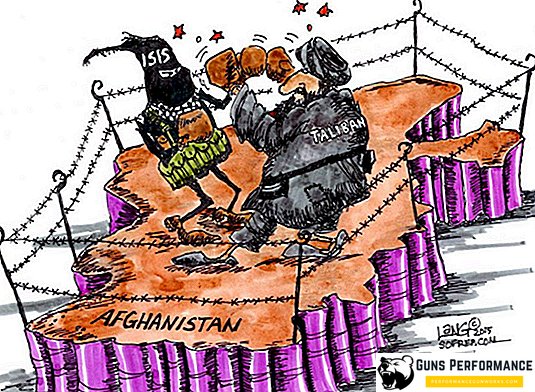
Although, there is another expert opinion. It lies in the fact that the Taliban is unlikely to be a reliable ally of any Western country (including Russia) in the fight against the Islamic state.





